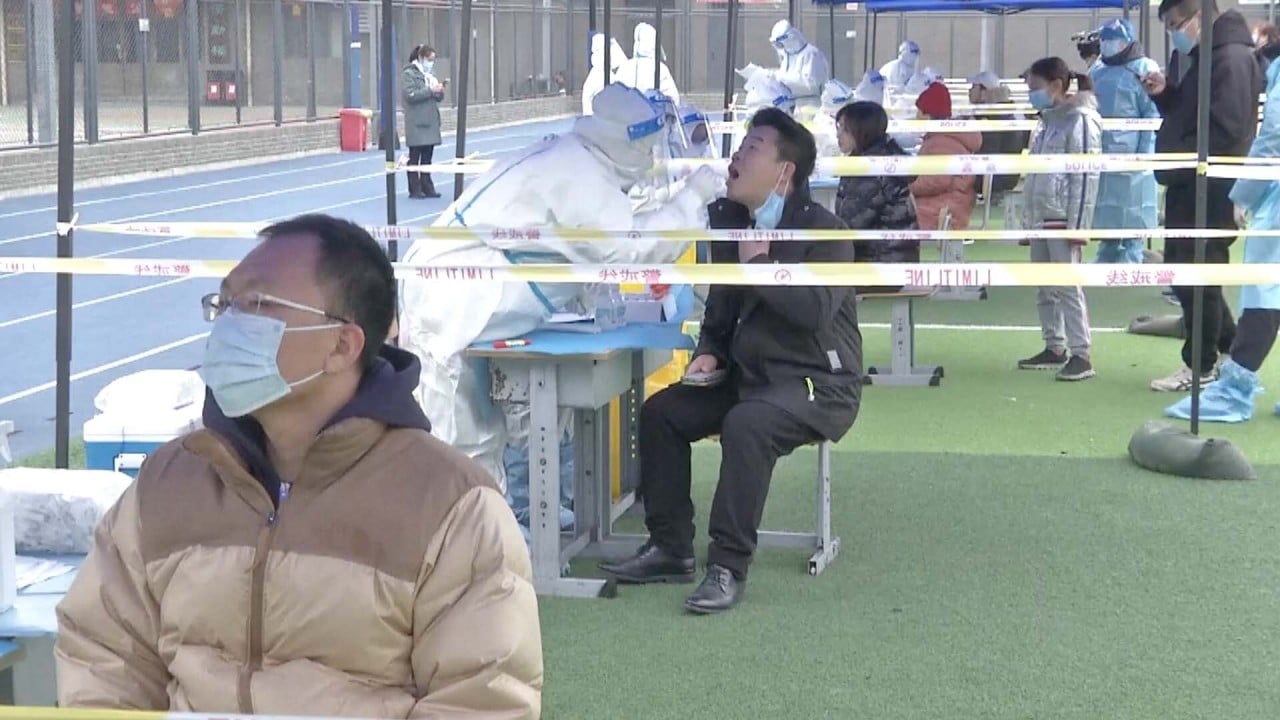
China’s infrastructure push to fast-track 102 major projects as Omicron and economic risks loom large in 2022
- Cabinet says ‘surmounting obstacles’ and ‘growth stabilisation’ are taking precedence in economic decision-making, along with boosting domestic consumption
- In the past, unregulated infrastructure spending raised local government debt and threatened stability of national economy
Beijing is trumpeting the urgency of its infrastructure construction push, as leaders admit that stabilising the national economy in the first half of this year will be an uphill battle.
Citywide tests as Tianjin finds 2 Omicron cases among 20 in one district
“Obviously, the service sector can hardly see a quick recovery amid scattered pandemic outbreaks,” said Raymond Yeung, chief Greater China economist at ANZ Bank.
These outbreaks have spread in places such as Tianjin, the nation’s 11th-largest city economy; Xian, the 23rd-largest; and Zhengzhou, the 16th-largest. Subsequent lockdowns and mass-testing efforts have limited mobility and consumption.
“There will certainly be a marginal improvement in infrastructure investment. But its multiplier effect is not as big as others. More supportive measures are needed,” Yeung said.
For their part, domestic analysts have expressed cautious optimism, noting that policymakers still have a number of tools at their disposal.
“The government’s economic-stabilisation intentions have been unfolding since a Politburo meeting in July, but its determination to make the best use of infrastructure construction [to achieve that goal] is unprecedentedly high,” China Securities economist Huang Wentao wrote in a note on Tuesday.
In the past, building more expressways, railways and airports was often seen as a way to stabilise China’s economy. But such efforts resulted in a sharp uptick in local government liabilities amid unregulated spending sprees.
China’s ‘corruption problem’ at local levels poses political, economic risks
Authorities on Monday also vowed to simplify the approval procedures for new investment projects.
After the Ministry of Finance allocated 1.2 trillion yuan (US$188 billion) worth of special-purpose bonds last month, Beijing’s policymakers urged local authorities to issue those bonds as quickly as possible to fund construction projects and to leverage private investment to yield results in the first quarter.
“Now that the horn of economic stabilisation has been blown, infrastructure construction will speed up,” said Huang, who expects there will be at least a 6 per cent rise in such projects this quarter.


